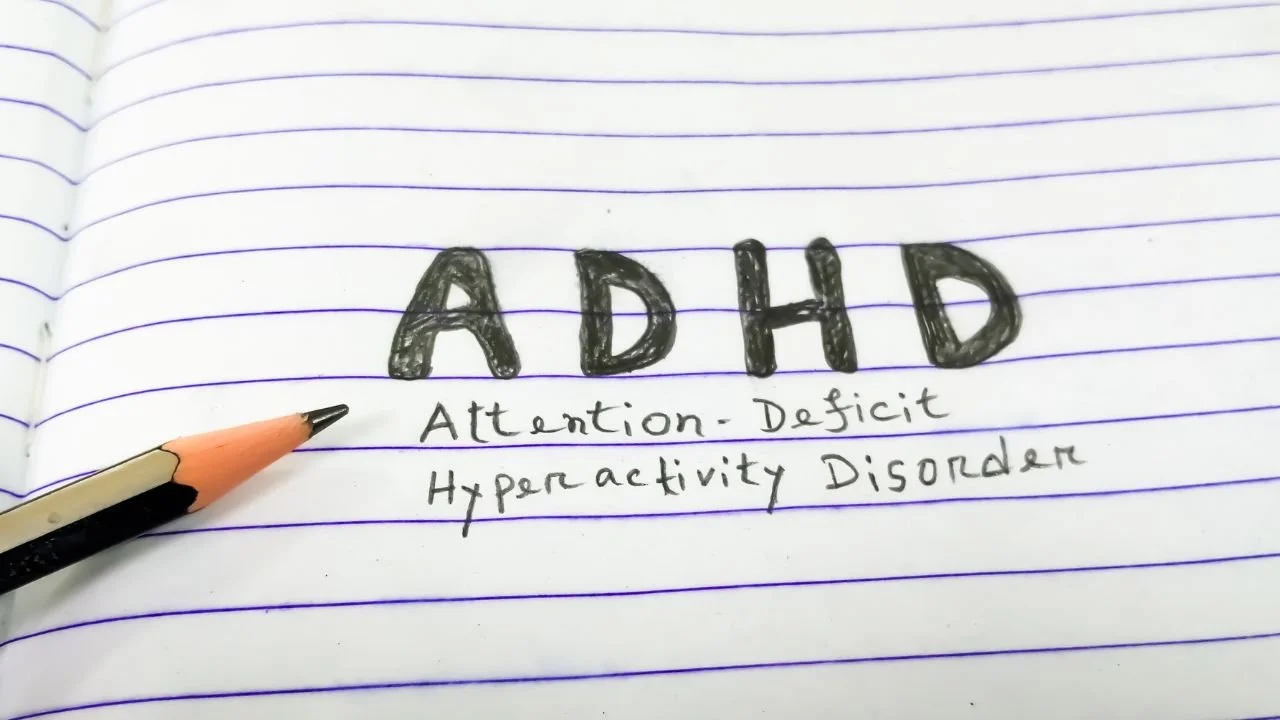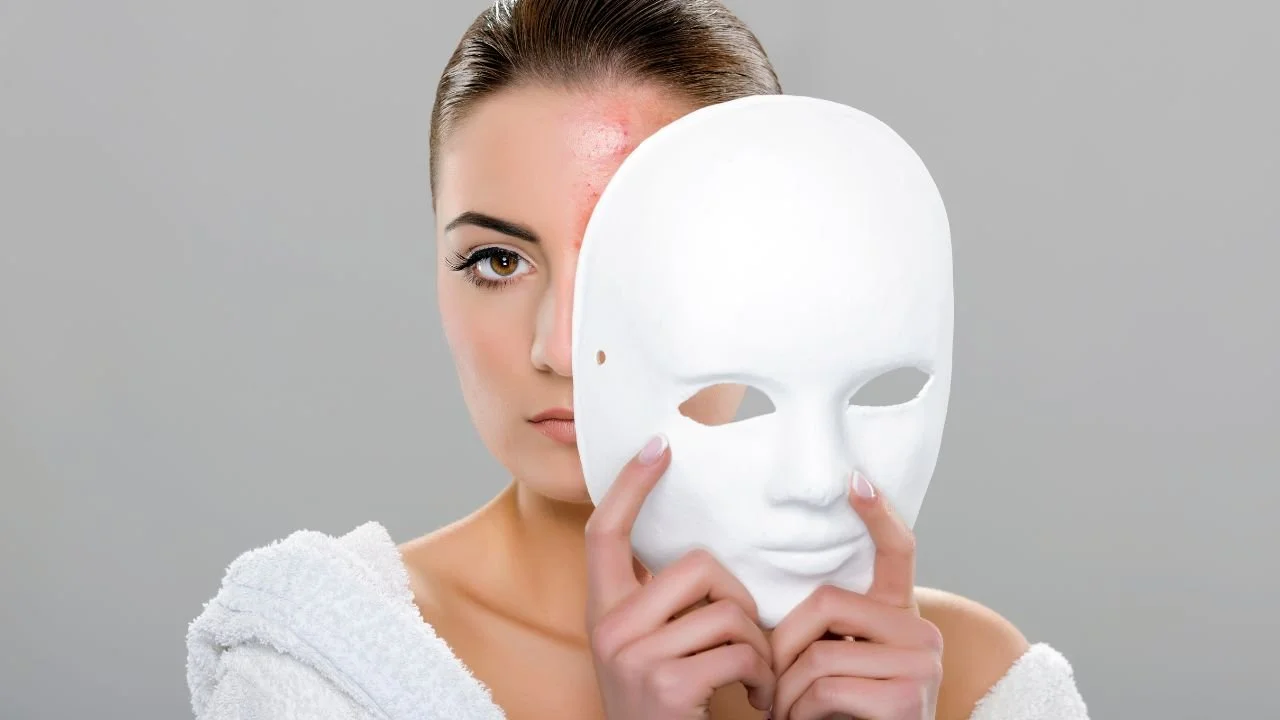Late Diagnosis, Early Reflections: Living Into an ADHD Discovery
This summer, I was diagnosed with ADHD.
Which still feels wild to say out loud.
It’s new. Raw. Tender.
I don’t have a neat “and here’s what I learned” story yet. No five-step strategy list. No “and now everything’s great.”
What I do have is a swirl of rethinking—about myself, my work, and the many invisible ways I’ve been trying to keep up with a world that was never built for brains like mine.
The Moment You Realize It’s Not Just You
If you’ve ever wondered why things that seem simple for other people feel hard for you…
If you’ve carried more shame than you probably needed to…
If you’ve caught yourself thinking, “I just need to try harder,” when you’re already running on fumes—
you might know what this moment feels like.
For me, ADHD didn’t look like what I thought it would. I wasn’t the “bouncing off the walls” kid.
I was the hyper-responsible one—the straight-A student, the athlete, the high-achieving adult who built a mental health practice from scratch.
And still… I could never shake the feeling that life took more effort for me than it seemed to take for other people.
Now I understand why.
The Masking Years
Looking back, my brain was constantly trying to fit into systems that weren’t designed for it.
Color-coded planners, caffeine-fueled nights, endless to-do lists—these were my ways of staying “in the lines.”
It mostly worked… until it didn’t.
In grad school, I’d watch classmates sit still for hours, calmly reading and writing, while I was crawling out of my skin.
I thought it was a discipline problem.
It turns out, it was dopamine.
ADHD brains have differences in how dopamine—the neurotransmitter linked to motivation, reward, and focus—functions. That means tasks that feel naturally stimulating to some people can feel nearly impossible to start or sustain for us.
I wasn’t broken or lazy.
I was compensating—brilliantly, exhaustingly—for a brain that needs novelty, movement, and genuine interest to thrive.
Diagnosis as Permission
The day I got my diagnosis, nothing about me actually changed.
I didn’t suddenly become ADHD.
I just gained language for what had always been true.
When I told a colleague, she said something I’ll never forget:
“The beauty of diagnosis is you finally get to stop trying to shove your round brain into a square hole.”
That hit hard.
Because for most of my life, I’d been doing exactly that—forcing myself into productivity systems that never fit. Holding it together through sheer willpower. Collapsing on weekends to recover from performing “normal.”
It’s liberating—and also disorienting—to realize you’ve been working twice as hard just to seem average.
Oh the Shame
One thing I’ve noticed is how quickly shame can show up—especially around the smallest, most ordinary things.
Like phone calls.
Recently, I planned to call a company about a billing error after work. Before I got home, my husband called and said, “Hey, can you call about that bill?”
Cue the shame spiral.
He didn’t mean anything by it. But my body translated it as: You’re failing. You’re behind. You’re a burden.
Depending on my emotional state, that can come out as defensiveness—“I’ve been working all day, I’ll get to it later”—or as collapse—“He’s disappointed in me.”
Either way, it’s the same nervous system pattern: that deep, guttural Oh no, I’ve messed up again feeling.
Even when, logically, I know I haven’t.
This is part of what’s known as rejection-sensitive dysphoria—an intense emotional response common among people with ADHD. Our brains process perceived criticism through an amplified lens of rejection, guilt, and fear of letting others down.
And yes, I’m a psychologist who knows this. And yes, I still get caught in it. Often.
Even Therapists Get Triggered
I tell my clients all the time: therapists aren’t immune to being human.
If my husband usually hugs me when I get home and doesn’t one day, my brain sometimes interprets it as rejection. My nervous system whispers: Something’s wrong. You’re not safe.
And then, like any human, I might respond with clinginess or irritability—anything to close the gap and feel connected again.
Do I know better? Absolutely.
Do I do better every time? Absolutely not.
Knowledge doesn’t erase our wiring; it just helps us notice and recover faster when old patterns show up.
Therapists Are Human, Too
There’s a myth that therapists have it all figured out.
That if you help others manage anxiety, you shouldn’t have any of your own.
In reality, the opposite is often true.
We’re good at helping people because we get it.
We’ve done the work. We’ve fallen apart. We’ve rebuilt.
And we keep practicing.
So yes, sometimes the spider on the wall wins my attention mid-session.
And yes, I might lose my train of thought.
And yes—I’m still a damn good therapist.
Healing isn’t about becoming someone with no issues.
It’s about meeting yourself with a little more kindness and curiosity than before.
The Object Permanence Problem
One of the most tender realizations I’ve had since my diagnosis involves object permanence—or rather, the way ADHD can disrupt it.
If you’re not in my immediate orbit, I might forget to reach out.
Not because I don’t care. Just because you’re not there, and my brain moves on to the next fire or idea.
I’ve carried a lot of shame about this, especially around friendships that faded. I’d think, They must have felt abandoned.
The truth is, I didn’t choose to forget them. I just lost the cues that used to bring them to mind.
That’s a real ADHD thing: out of sight, out of mind—not out of love.
I’m learning that maintaining connection may require reminders, structure, and intention—and that doesn’t make those friendships less real.
Living in a World of Constant Input
Part of why ADHD brains struggle is because we’re wired to take in more.
Every sound, movement, and thought competes for attention.
It’s not a lack of focus—it’s an abundance of it.
Our brains evolved to notice patterns and respond quickly to the environment. But in a modern world filled with pings, lights, and nonstop information, that sensitivity can easily become overstimulation.
Reordering Priorities
When ADHD shows up in relationships or work, one of the most healing practices is to reorder priorities intentionally.
Our brains naturally chase urgency—the email, the task, the next fire.
But connection, rest, and creativity don’t always feel urgent. We have to make them visible.
That might mean blocking a coffee date on the calendar, setting a reminder to text a friend, or scheduling downtime like an appointment.
It’s not over-structuring—it’s choosing alignment over autopilot.
Permission to Be a Work in Progress
One colleague offered advice that stuck with me:
“Resist the urge to master your ADHD on a timeline. It’ll be your new hyperfixation—but you don’t have to figure it all out this week.”
And they were right. My first instinct was to fix it—to understand every detail, account for every way it’s affected my life, and make sure I never hurt anyone because of it again.
Classic overachiever energy.
But this isn’t a sprint—it’s a lifelong process of data collection. Learning how my brain works in different seasons, with different demands, and under different light.
Maybe, for now, all I have to do is schedule a medication consult.
And breathe.
What Comes Next
If you’re newly diagnosed too, here are a few gentle starting points:
Start small. A medication consult can help increase bandwidth and focus.
Add gentle structure. Coaching or therapy can support executive functioning and habit-building.
Stay curious. Observe patterns without judgment. You don’t have to fix everything right away.
Allow grace. You’re the same person you were before the diagnosis—you just have a clearer lens.
As for me?
I think my goal isn’t to become more productive.
It’s to stop burning myself to a crisp trying to keep up.
To be a little less “on.”
A little more human.
And a lot more kind—to myself, and to this brain that’s been working overtime for decades.
You’re invited to join us for a free, live webinar: ADHD Decoded—Diagnosis, Treatment, and Tools That Work.
We’ll unpack what ADHD really looks like in adults, how to navigate diagnosis, and which supports can actually make life feel easier.
🗓 Wednesday, November 12th
🕐 1:00–1:45pm EST
You can save your spot here → SIGN UP


